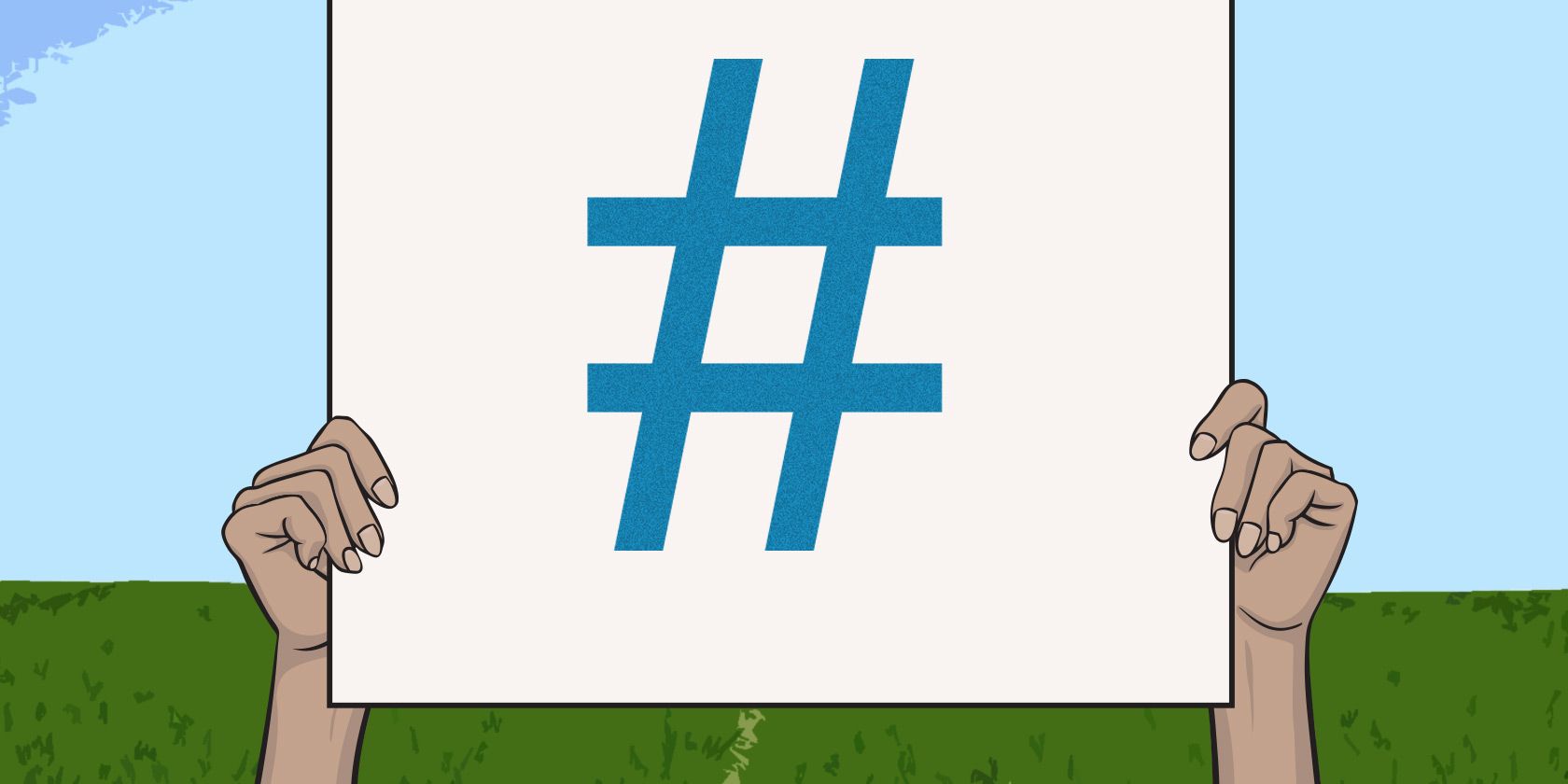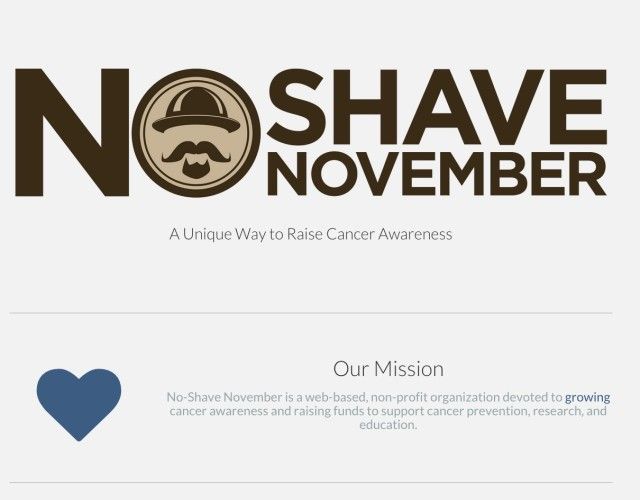In an online world full of people vying for attention, it can be hard to make your cause stand out – but these seven tricks should help your campaign to cut through the crowd!
"I want it to go viral!"
Chances are you've likely heard this sentence from your boss, your cousin, or your friend as they share with you their idea for a fundraiser or event. If you're anything like me, you probably say "Oh! That's nice!" with a big smile on your face, while secretly thinking to yourself, "Don't they know how rare it is for a campaign like this to get off the ground?"
Sure, it's amazing to see viral campaigns like the ALS Ice Bucket Challenge from two summers ago, or "No-Shave November" (in support of cancer awareness), which is now a regular initiative throughout much of the world. Alas, these campaigns tend to be the exception to social media success rather than the rule.
If you want to start a social media campaign, you have to be strategic. These seven steps should give you a polished concept with a targeted audience and a solid plan for rolling it out.
Happy campaigning! … and may the odds be ever in your favor.
#1 Simplify Your Message
It's easy to want to create a viral video or concept that will redefine the world, but it's probably a better idea if you stick to a single cause.
Pick your cause (you've probably already got this step down), pick a single thing that you want your audience to do with your message, and then communicate only what is absolutely essential to help your audience understand.
Consider the "Like a Girl" video by Always that has now been seen over 59 million times: the issues surrounding sexism, the media's portrayal of women, and self-confidence issues in young women are incredibly complex topics! The video doesn't go into detail though; instead, it simply highlights the discrepancy between what young girls and young teenagers think "like a girl" means – a message that is easily accessible to all viewers, regardless of their previous exposure to this topic.
Instead of trying to educate your audience on everything you know about your cause, maybe just offer them the highlights in your initial post and leave the details for your website or follow-up posts.
#2 Know Your Audience
While some topics are applicable to just about everyone, most online phenomena generally speak to a single group of individuals.
Who are the people that you want to target with your message? Consider the age range of your audience, their physical location (is this a local event or an international issue?), their financial situation (college students likely won't be able to donate $1000 to your GoFundMe campaign), and their interests.
It's important to involve your audience in your message – whether that's simply by sharing your post on social media, or by interacting with your topic by taking a photo, recording a video, or performing a task. Think about the ability of your audience to complete the task(s) that you have set out for them, and ensure that it is something that they will find easy and enjoyable!
With that being said, it's also important not to limit your own message! The Ice Bucket Challenge to fund a cure for ALS, for example, didn't specify that icy cold water needed to be dumped out of a bucket – and this lack of limitations resulted in both tons of hilarious celebrity YouTube clips (including one featuring Obama!), and greater exposure for the cause.
#3 Know Your Social Media
Every social media platform has some quirks and rules that make it unique. This means that you should seriously consider what platform(s) you want to host your campaign on. Tumblr, for example, is a great spot for discussion but may not reach your entire audience. Twitter, on the other hand, has a much wider reach -- but a more limited method of expression.
Take some time to look into the most effective way to format your post as well. Believe it or not, there is a science to Facebook posts and all other forms of social media – and it's important that you know how to make your initial impression on your audience as effective as possible.
#4 If You Hashtag, They Will Come
If you're supposed to be using multiple kinds of social media, how can you ensure people know that all of your different posts belong together?
Hashtags are exactly the tool you have been looking for, and they can be used on just about every social media platform out there.
There is some debate as to the effectiveness of hashtags, but if you can create one that is catchy and unique, you may find that people become involved in your cause just because all of their other friends are posting the hashtag.
Just… be sure your hashtag can't be misread – there are a lot of hashtag fails out there, and you don't want an unintentional gaffe to be the reason your cause is remembered!
#5 Be Transparent
I don't think there's anyone who was on the Internet four years ago who has forgotten #Kony2012. What started out as a well-intentioned (and incredibly viral) social movement raising awareness of horrors occurring in Uganda under the warlord Joseph Kony, quickly fell apart under scrutiny from those outside the charity.
No matter what your cause is, be sure that you have done your research into its legal and moral implications. Don't make any claims that you can't substantiate with evidence, and never promise your audience more than you can deliver.
#6 Do Some Offline Leg Work
You can't just submit your initial post on your personal social pages and expect it to go viral without any additional work on your part. It's important to do a lot of legwork behind the scenes before the release of your campaign.
Partner with anyone you know who has significant social media followings, and confirm that they will participate in your campaign when it begins. Look into the social media policies of local businesses and corporations and see if any of them are willing to spread information about your campaign on their social media pages as well.
This kind of of offline work may seem overwhelming, but it can be the difference between a post that gets three shares from your grandma, and a post that engages a much wider audience.
#7 Stay Involved
Unfortunately, your work isn't done when you hit submit on that initial post – in fact, your work is anything but complete.
Instead of sending your cause off into the world without any guidance, it's important to be constantly monitoring its progress, interacting with people who are posting about and interacting with your cause, communicating with the press, and posting additional information once you have gained a following.
With careful monitoring and adjusting over the course of your social media campaign, you will be able to nip any issues in the bud the moment they appear, and to continuously work to promote your cause on as many platforms as possible. With any luck, your campaign will be so successful that, like No-Shave November, it will become a long-running effort that will make an incredible impact in your targeted area.
What Will You Do?
With these seven tips, your social media campaign has a pretty great chance of standing out from the crowd and successfully drawing in the audience you want. Social networks have incredible capacities to create change and promote ideas, and it's so exciting to see how effective social movements can be empowered through their use.
Whether your campaign is fundraising for a chronic disease, promoting a local service, or just trying to get as many people as possible to complete a silly task, I'd love to hear about it!
Tell me about your experiences with Social Media Activism and Campaigns in the comments -- do hashtags work? Which platform is the best? Was your campaign successful?
Image Credit: Holding Up a Sign by SilverStand via Shutterstock, Stop Kony via Invisible Children AP



